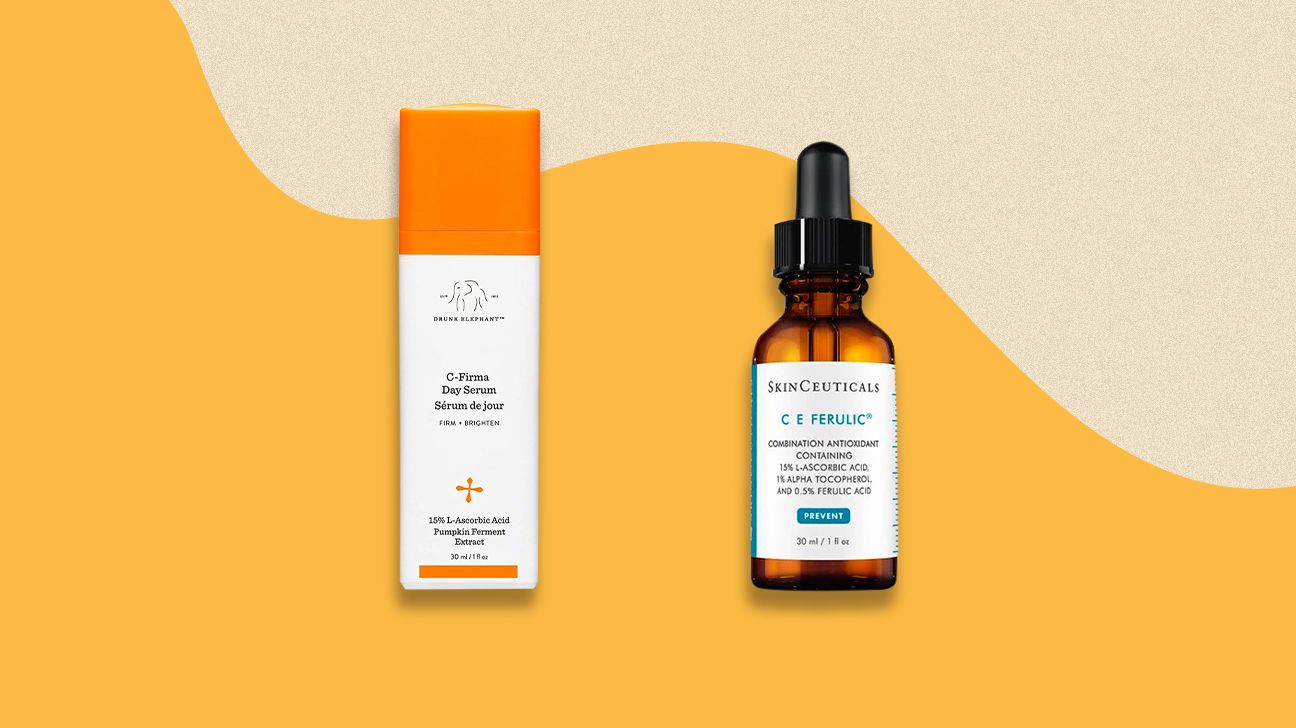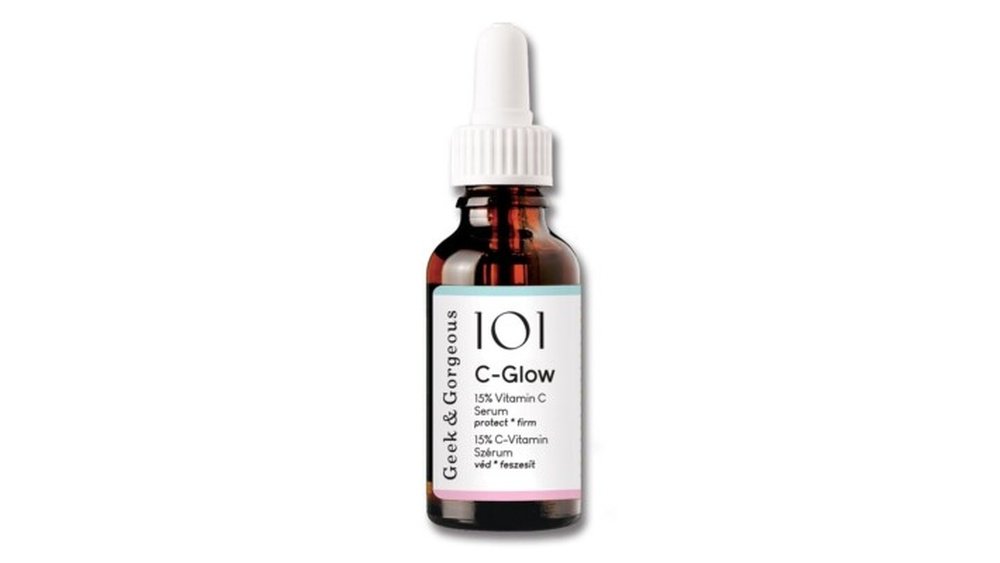If you’re working with vitamin C in your formula, you already know it’s a powerhouse ingredient packed with benefits. But here’s the catch: vitamin C is notoriously unstable.
Without the right approach, it can break down quickly, losing its effectiveness and leaving your product less potent than it should be. So, how do you keep vitamin C fresh and active for longer? That’s exactly what you’re about to discover.
You’ll learn simple, proven methods to stabilize vitamin C in your formula—helping you create products that deliver real results every time. Ready to unlock the secret to long-lasting vitamin C? Let’s dive in.
Forms Of Vitamin C In Formulas
Vitamin C appears in many forms in skincare formulas. Each form offers unique stability and benefits. Choosing the right form helps keep Vitamin C effective longer. Understanding these forms is key to creating strong, lasting products.
Some forms are pure but unstable. Others are stable but need conversion in the skin. This balance affects how well the product works and how long it lasts on the shelf.
L-ascorbic Acid And Its Challenges
L-Ascorbic acid is the purest form of Vitamin C. It delivers the highest concentration of active Vitamin C to the skin. This form is water-soluble and easily absorbed.
It faces major stability issues. It oxidizes quickly when exposed to air, light, or heat. Oxidation turns it brown and less effective. This reduces the product’s shelf life and potency.
Formulators must use special packaging and additives to protect L-ascorbic acid. Despite the challenges, it remains popular for its proven results.
Stable Vitamin C Derivatives
Stable derivatives of Vitamin C exist to improve shelf life. These include magnesium ascorbyl phosphate, sodium ascorbyl phosphate, and tetrahexyldecyl ascorbate.
They resist oxidation better than pure L-ascorbic acid. These forms convert into active Vitamin C once inside the skin. This slow release enhances stability and reduces irritation.
These derivatives work well in formulas exposed to air or light. They allow more flexible packaging and longer product shelf life.
Benefits Of Different Forms
Each form of Vitamin C offers unique benefits. L-ascorbic acid provides fast and strong antioxidant effects. It boosts collagen production and brightens skin quickly.
Stable derivatives provide gentler, longer-lasting benefits. They suit sensitive skin and products needing longer shelf life. These forms also improve hydration and skin barrier function.
Choosing the right form depends on the product goal and target skin type. Balancing effectiveness and stability creates a successful Vitamin C formula.
Credit: skinsort.com
Key Stabilizing Ingredients
Stabilizing vitamin C in skincare formulas is essential for preserving its potency. Vitamin C easily breaks down when exposed to air, light, or heat. Including key stabilizing ingredients in the formula helps protect vitamin C. These ingredients also boost its effectiveness and shelf life. Understanding their roles guides formulators in creating stable vitamin C products.
Role Of Ferulic Acid
Ferulic acid is a powerful antioxidant. It protects vitamin C from oxidation by neutralizing free radicals. This acid also enhances the stability of vitamin C, preventing it from degrading quickly. Ferulic acid extends the shelf life of the formula. It also improves the skin benefits by increasing antioxidant protection.
Impact Of Vitamin E
Vitamin E works hand-in-hand with vitamin C. It helps stabilize vitamin C by slowing down its breakdown. Vitamin E also provides extra antioxidant support to the skin. This ingredient helps reduce irritation and boosts skin hydration. Together, vitamin E and vitamin C create a balanced and effective formula.
Synergistic Effects
Combining ferulic acid and vitamin E with vitamin C creates synergy. This mix enhances the stability and power of vitamin C. The antioxidants protect each other from damage. This combination also improves skin absorption of vitamin C. The result is a stronger, longer-lasting vitamin C formula that delivers better results.
Packaging To Prevent Oxidation
Packaging plays a key role in keeping Vitamin C stable and effective. It protects the formula from air, light, and moisture. These factors cause Vitamin C to oxidize quickly. Proper packaging slows this process. It helps maintain potency and extends shelf life. Choosing the right container type can make a big difference in product performance and user experience.
Air-tight Containers
Air-tight containers reduce Vitamin C exposure to oxygen. Oxygen triggers oxidation, which breaks down the vitamin. Containers with rubber seals or screw caps work well. They limit air entry each time you open the product. This keeps the formula fresh longer. Avoid jars or bottles without a tight seal. Air-tight packaging is essential for Vitamin C formulas.
Opaque And Dark Bottles
Light speeds up Vitamin C degradation. Opaque or dark bottles block harmful UV rays. Amber or cobalt blue glass is a common choice. These materials protect the formula from sunlight and artificial light. Plastic bottles often lack this protection unless specially treated. Dark bottles help keep Vitamin C stable during storage and use.
Pump Dispensers Vs. Droppers
Pump dispensers limit air contact better than droppers. Each pump delivers the product without exposing the rest to air. Droppers can let air enter the bottle with every use. This increases oxidation risk. Pumps also reduce contamination by avoiding fingertip contact. For Vitamin C serums, pump dispensers are a safer packaging option. They help maintain freshness and potency.

Credit: www.amazon.com
Storage Tips For Longevity
Proper storage is key to keeping Vitamin C formulas effective longer. The right environment slows down degradation and oxidation. Small changes in how you store your product can make a big difference. Follow simple tips to maintain Vitamin C’s power and freshness. These strategies help your formula stay stable and work better on your skin.
Ideal Temperature Conditions
Keep Vitamin C products in a cool place. Heat speeds up breakdown and reduces potency. The best spot is usually a refrigerator or a cool cabinet. Avoid warm areas like near heaters or windows. Stable temperature helps extend the shelf life. A steady cool environment keeps the formula fresh and active.
Protecting From Light Exposure
Light causes Vitamin C to degrade quickly. Store formulas in dark bottles or containers. Use opaque or amber glass packaging for protection. Keep bottles inside a drawer or cabinet away from direct light. Avoid leaving the product in sunlight or bright rooms. Shielding from light preserves the formula’s strength and color.
Minimizing Air Contact
Air exposure causes oxidation and loss of Vitamin C benefits. Always close the container tightly after use. Use air-tight packaging if available to limit oxygen entry. Avoid frequent opening to reduce air exposure. Pump bottles are better than open jars for this reason. Less air contact keeps the Vitamin C formula stable longer.
Handling And Usage Practices
Handling and usage practices play a vital role in keeping Vitamin C stable in your formula. Proper care during use helps maintain its strength and prevents it from breaking down. Small habits can make a big difference in preserving Vitamin C’s effectiveness.
Avoiding Contamination
Contamination can cause Vitamin C to degrade faster. Always use clean hands or a dropper when applying the formula. Avoid touching the inside of the container with fingers. This practice stops bacteria and dirt from entering and spoiling the product.
Proper Sealing Techniques
Seal the container tightly after each use. A closed lid limits air and moisture exposure. Air can oxidize Vitamin C quickly, reducing its potency. Use containers with secure caps or pumps to keep the formula safe.
Frequency And Amount Of Application
Apply the formula in small amounts to avoid waste. Using too much at once can increase exposure to air. Follow the recommended frequency for your skin type. Overuse may cause irritation and reduce Vitamin C stability.

Credit: www.healthline.com
Frequently Asked Questions
How To Stabilize Vitamin C?
Stabilize vitamin C by combining it with ferulic acid and vitamin E. Store in dark, airtight containers away from heat and light. Keep the bottle tightly sealed and refrigerate to slow oxidation and maintain potency. Choose stabilized vitamin C derivatives for longer shelf life.
What Ingredient Stabilizes Vitamin C?
Ferulic acid and vitamin E stabilize vitamin C by preventing oxidation and enhancing its effectiveness. These ingredients extend shelf life and improve absorption.
How To Stop Vitamin C From Oxidizing?
Store vitamin C in a cool, dark place and keep the container tightly sealed. Use air-tight, opaque packaging. Choose formulas with stabilizers like vitamin E or ferulic acid to reduce oxidation and extend shelf life. Avoid exposure to heat, light, and air for best results.
How To Keep Ascorbic Acid Stable?
Keep ascorbic acid stable by storing it in a cool, dark place and using airtight, opaque containers. Add stabilizers like vitamin E and ferulic acid. Avoid air, light, and moisture exposure to prevent oxidation and extend shelf life.
What Causes Vitamin C To Degrade Quickly In Formulas?
Vitamin C breaks down fast due to exposure to air, light, heat, and moisture.
Which Ingredients Help Stabilize Vitamin C In Skincare Products?
Vitamin E and ferulic acid support Vitamin C’s stability and improve its effectiveness.
How Does Packaging Affect Vitamin C Formula Stability?
Dark, opaque, and air-tight containers protect Vitamin C from light and air damage.
Conclusion
Stabilizing vitamin C improves its effectiveness and shelf life. Use ingredients like vitamin E and ferulic acid to keep it strong. Store formulas in cool, dark places to slow oxidation. Choose air-tight, opaque containers to protect from light and air.
Always seal bottles tightly after each use to keep freshness. These simple steps help maintain vitamin C’s power in your products. Consistent care ensures your formula works well every time. Keep your vitamin C stable and enjoy its full benefits.
 Skip to content
Skip to content 